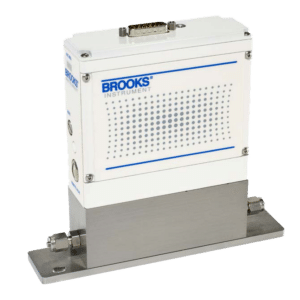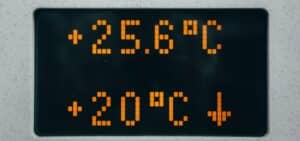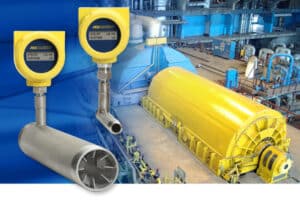Metrology Glossary: Thermistor
What Is A Thermistor?
A thermistor is a distinctive semiconductor resistor recognized for its high sensitivity to shifts in temperature. Its composition typically involves a semiconductor material, often a metallic oxide, crafted into various forms such as beads, disks, or cylinders. The defining characteristic of thermistors lies in their negative temperature coefficient (NTC), which signifies that their electrical resistance decreases as the surrounding temperature rises. This property sets them apart from standard resistors, which possess a positive temperature coefficient (PTC). In the case of PTC resistors, resistance rises with elevating temperatures. Thermistors prove invaluable in applications where precise temperature measurements and control are crucial.
What Are Thermistors Used For?
Temperature Measurement and Control:
- Exceptional Sensitivity: Thermistors stand out in their ability to detect extremely subtle temperature fluctuations due to their NTC (Negative Temperature Coefficient) property. This characteristic makes them well-suited for tasks demanding precise temperature monitoring, such as scientific experiments, medical equipment, and industrial processes.
- Rapid Response Time: Thermistors exhibit swift responses to changes in temperature, facilitating real-time monitoring and control systems. This attribute is crucial in applications such as fire alarms, regulation of oven temperatures, and the protection of battery circuits.
- Broad Temperature Range: Various types of thermistors are designed to accommodate a wide range of temperature conditions, rendering them suitable for diverse environments. For example, some thermistors can withstand cryogenic temperatures, while others excel in high-temperature environments.
Other Applications:
- Flow Measurement: Thermistors are used to detect variations in liquid or gas flow by sensing associated temperature changes. This capability finds practical applications in devices such as flow meters and air conditioning systems.
- Time Delay Circuits: The temperature-dependent resistance of thermistors can introduce time delays in electronic circuits. This feature is harnessed in applications like de-icing circuits and power-up sequencing.
- Level Sensing: Submerging thermistors in liquids allows for the detection of liquid levels based on temperature differences between the liquid and the surrounding air. This is particularly applicable in scenarios involving tanks and reservoirs.
Related Terms
Further Reading









